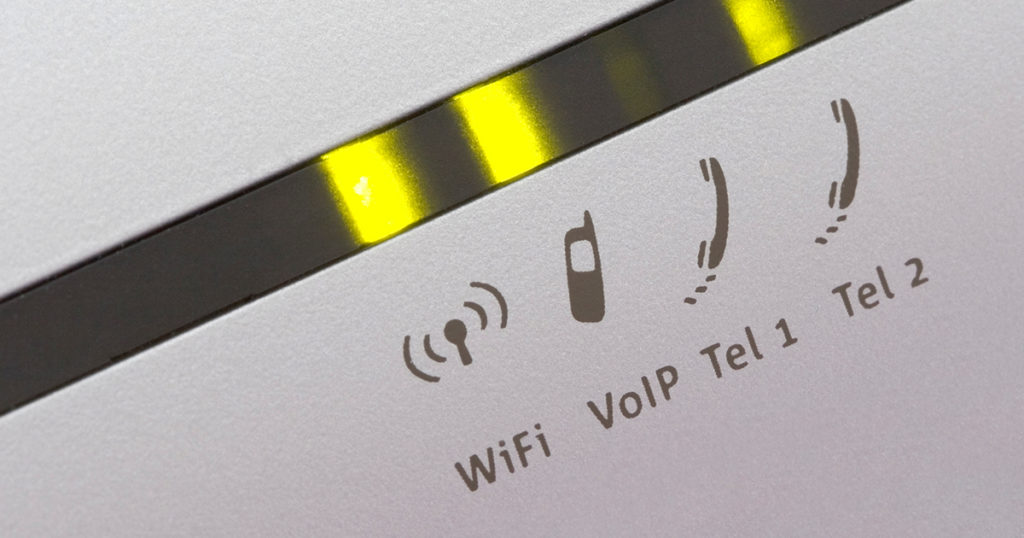
Power Leads Workshop Lineup at CommTech West Show
At the recent CommTech West Show in Calgary, Alberta, there were dozens of interesting technical sessions & workshops to attend. Many of them dealing with the subject of power. After all, when it comes to computer networks and data transmission we sometimes forget that it takes electric power to make it all happen!
One trending topic is Power over Ethernet. Understand the following basics around this complex term and the sessions were all the more informative:
Known as PoE, this technology allows network cables to also carry electrical power. This is particularly useful for any connected device that may be moved around or is difficult to get power to. PoE can significantly reduce the time and cost involved with bringing power to a device.
Typically, if there is no power outlet nearby, a qualified electrician needs to access the existing electrical wiring – likely buried inside walls. Running new wiring requires fishing it through walls and ceilings or opening them up. Another option is to hide the wiring in specialized channels that run along floors or ceilings.
Needing only one input for power and data helps make devices more compact and easily relocated. They are only limited in location by the length of the Ethernet cable and whether there is something to attach them to.
Devices that use PoE include VoIP phones so that they can be used much like the traditional analog type of phone. Also, it’s ideal for webcams and video surveillance cameras that need to be lightweight and easily repositioned.
Types of PoE
IEEE 802.3 standardizes the two most common types of PoE. The original IEEE 802.3af provided only 15.4 W of DC power. Later, a more high-powered version, 802.3at, or PoE Plus was developed. This doubled the amount of power to 25.5 watts and is backwards compatible. PoE Plus also includes the ability for power sources and powered devices to communicate with each other so that the amount of power sent can be optimized.
Another advantage of PoE is that it is designed to protect equipment. Intelligent fault detection prevents overload in the case of malfunction by shutting off power to the device. Also as the power comes from a centralized location it can use an uninterruptible power supply as a power backup.
How PoE Works
Ethernet cables consist of four twisted pairs of wires but only two of these pairs are used with 10Base-T and 100Base-T Ethernet, the others are known as the spare pairs. There are two main methods used to send electricity through the twisted pairs. Alternative A uses the wires that that send data and Alternative B uses the spare pairs.
DC current is sent through the Ethernet cable at a voltage somewhere between 44 volts and 57 volts. This voltage is high enough to produce the sufficient wattage needed to power devices, but low enough not to be dangerous to people.
But the current is high enough to be able to damage equipment so safeguards are put in place to protect the connected devices. PoE uses signature detection to check whether a device is able to accept power by sending a lower voltage signal first. This signal can also detect the classification of the powered device.
Adding PoE to Networks
A network can have PoE added simply by installing a PoE switch usually installed in a media panel. This automatically detects whether devices are PoE compatible and will deliver the correct amount of power. There’s also the option of adding a mid-span PoE injector that can upgrade an existing network.
The latest development in PoE is adapting it to be used with fiber optic networks. Powered fiber optic cables are hybrid cables that combine fiber for data transmission with copper for conducting electricity and are typically used to power Optical Network Terminals (ONTs) and wireless access points.
Laurent Haccoun with CommScope will discuss the challenges there are in finding power for ONTs, WiFi hotspots, security cameras and other PoE devices and how a powered fiber cable system works and simplifies PoE deployments at the CommTech West Show.
After, come and have a power talk with us – you’ll find us at Booth 4.

